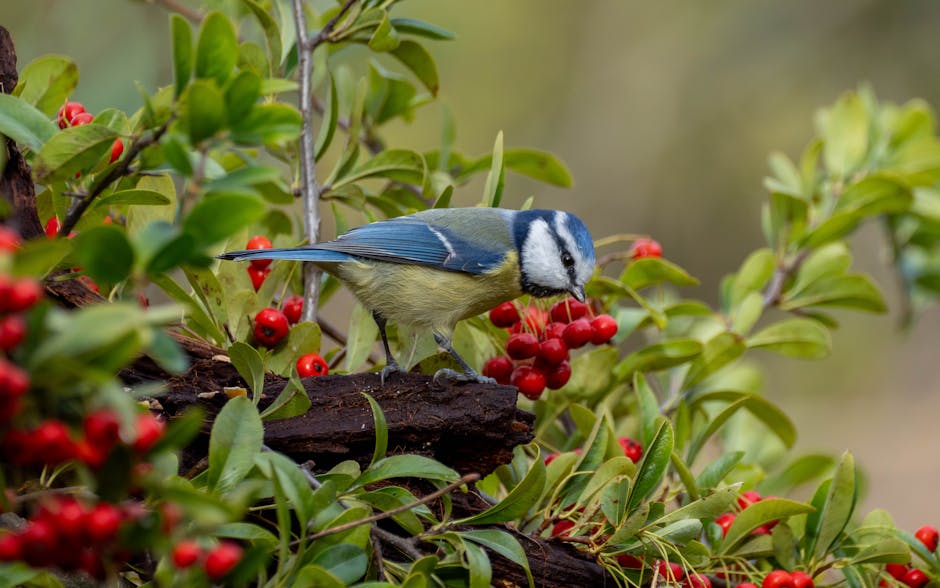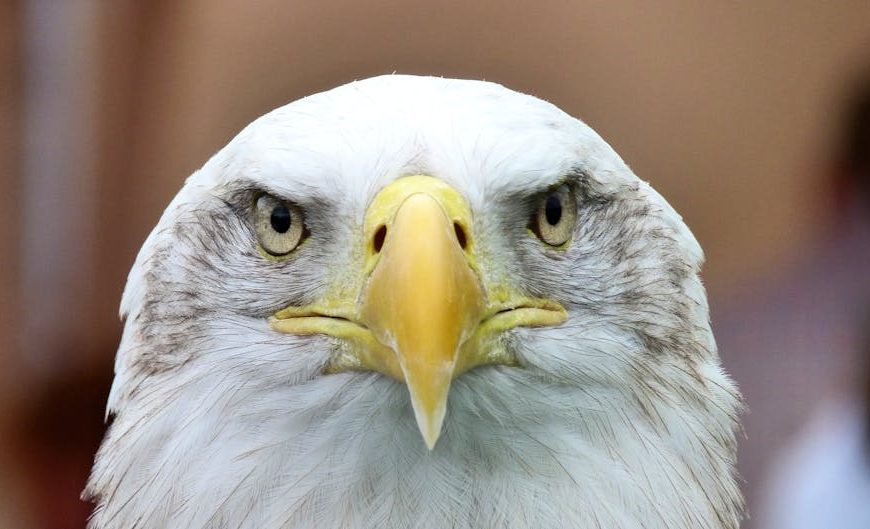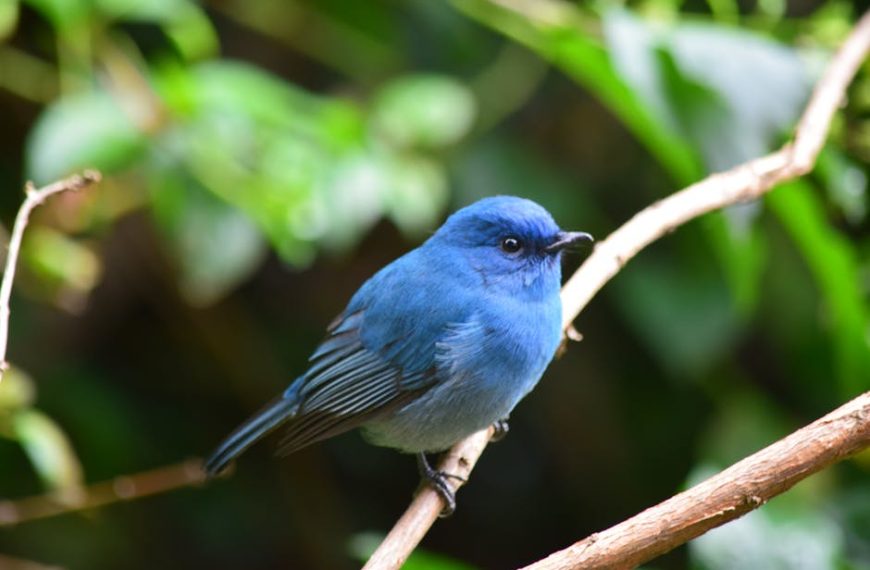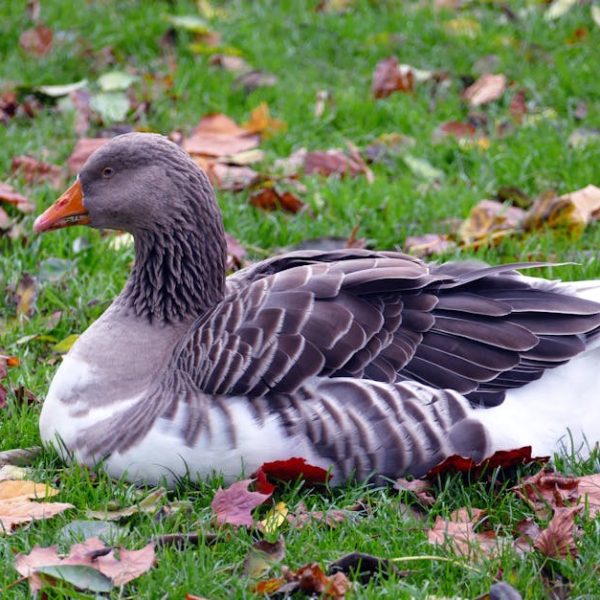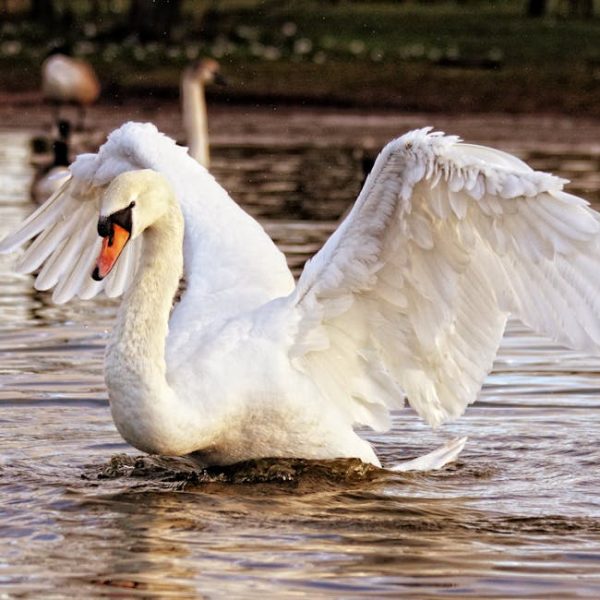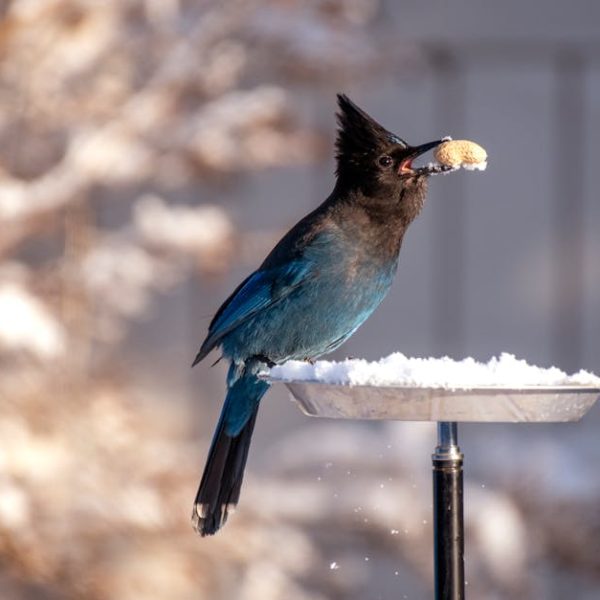Birds often poop at an astonishing rate, largely due to their unique and efficient digestive system, which is designed to facilitate frequent defecation. This system contributes significantly to their lightweight bodies, allowing them to fly with minimal hindrances. In this article, explorative aspects of bird biology, the factors that influence their poop frequency, variations among varied species, and handy tips for bird pet owners will be delved into and dissected.
Understanding Bird Digestive System
Birds are equipped with a distinctive, highly effective digestive system. Unlike most mammals, their system is primed for a quick processing turn-around, allowing for more frequent defecation. Some critical components of a bird’s digestive system include the gizzard (for grinding feed), the crop (for feed storage), and a highly efficient metabolism for rapid nutrient absorption.
Pro tip: Birds have a common exit known as a cloaca. This singular opening serves for the elimination of their waste – both solid (feces) and liquid (urine), as well as a passage for egg-laying in females. This anatomical feature makes them different from mammals, contributing to their unique defecation pattern.
How Often Birds Poop on Average
The poop frequency of birds varies considerably, taking into account their species, size, diet, and perceived stress levels. On average, smaller birds tend to defecate more regularly – up to every 15 minutes or so throughout the day, whereas larger birds may poop less frequently.
Bird species | Average Poop Frequency
———— | ————-
Sparrow | Every 15 minutes
Eagle | Every hour
Best Practices: If you own a pet bird and suspect any irregular poop frequency, it’s prudent to monitor this closely. Look out for changes in color, consistency, or volume and observe if these changes correlate with any changes in diet, environment, or behavior. Any prolonged irregularities should prompt an immediate consultation with a vet.
The defecation frequency of diverse bird species provides insightful data on their habits and provides an understanding of their biological clock. In the next part of the article, you’ll discover the factors that affect bird defecation frequency, the appearance and composition of bird poop, and the reasons behind their frequent defecation.
Factors Affecting Birds Defecation Frequency
A bird’s poop frequency hinges upon factors like their diet, size, and activity level. With diverse dietary patterns across species, birds that ingest more water through their diet, such as fruit-eaters, tend to defecate more often. On the other hand, carnivorous or seed-eating birds have a comparatively lower defecation frequency.
The size of the bird correlates with their metabolic rate; small birds with higher metabolism rates will eliminate waste faster and more frequently. Bird’s activity level – the volume of their movement, stress level, and general behavior – also directly influences their poop frequency.
Common diet variations between bird species and their impact on defecation include:
- Fruit-eating birds – higher defecation frequency
- Seed-eating and carnivorous birds – lower defecation frequency
Pro tip: A bird’s activity, stress levels, and environmental changes can cause fluctuations in their poop frequency. Keep an observant eye on their behavior and consult a vet if you notice any abnormalities.
Appearance and Composition of Bird Poop
Being privy to the appearance and composition of bird poop can be an effective tool in understanding their health condition. A healthy bird’s poop primarily consists of three parts: the feces (semi-solid, green or brown part), the urates (the creamy, white part which represents urine waste), and clear urine. The color, consistency, and components of the poop can vary based on the bird’s diet and health.
Pro tip: Strong, putrid smell, drastic changes in color, or presence of undigested food in bird poop may indicate possible health issues, warranting immediate vet attention.
